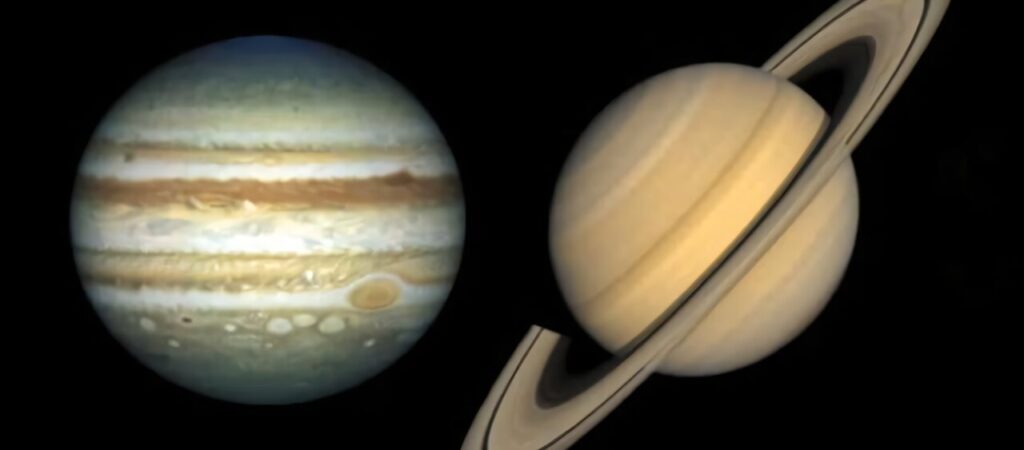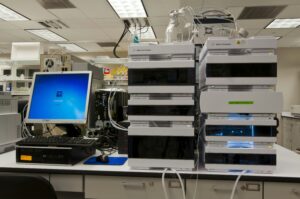
The James Webb Space Telescope (JWST) is on the brink of a significant breakthrough in exoplanet detection, potentially allowing astronomers to directly image planets similar to Jupiter and Saturn. This advancement could reshape our understanding of planetary systems across the galaxy.
Detecting exoplanets has long been a challenge for astronomers, who typically rely on indirect methods such as observing the dimming of a star’s light or the wobble in its position. These methods, while effective, are not without their biases. Direct imaging, considered the gold standard, offers a clearer picture but has been difficult to achieve—until now.
JWST’s Unique Capabilities
The JWST was designed with four primary science themes, one of which is the Birth of Stars and Protoplanetary Systems. According to the Space Telescope Science Institute, “JWST is uniquely primed to solve these mysteries given the combination of its high-resolution observing modes, imaging, spectroscopy, and coronagraphic capabilities, and superb near and mid-IR sensitivity.”
Utilizing its NIRCam and MIRI coronagraphy, the JWST has successfully imaged young sub-Jupiter-mass exoplanets and mature gas giants. However, detecting cooler planets like Jupiter and Saturn, which are farther from their stars, has proven more challenging.
New Research and Techniques
Recent research published in The Astrophysical Journal Letters suggests a new method for detecting these elusive exoplanets. The study, led by Rachel Bowens-Rubin from the University of Michigan, explores the use of JWST’s high-contrast MIRI imaging without coronagraphy.
The research is part of the JWST’s “Cool Kids on the Block” program, which focuses on gas and ice giant exoplanets orbiting low-mass stars. These stars, known as M dwarfs, are within 6 parsecs (approximately 19.5 light-years) of Earth. The study demonstrates that 21 μm MIRI imaging can detect exoplanets with characteristics similar to Jupiter and Saturn.
“NIRCam and MIRI coronagraphy has successfully demonstrated the ability to directly image young sub-Jupiter-mass and mature gas giant exoplanets,” the authors write. “However, these modes struggle to reach the sensitivities needed to find the population of cold giant planets that are similar to our own solar system’s giant planets (Teff = 60–125 K, a = 5–30 au).”
Implications for Exoplanet Science
The potential discovery of exoplanets akin to Jupiter and Saturn is significant. Current exoplanet detection methods have under-represented these types of planets, leading to speculation that our solar system might be an anomaly. However, studies suggest that cold giants like Jupiter and Saturn could be more common than previously thought.
Research from 2021 based on a microlensing survey indicated there might be an average of 1.5 low-mass giant planets in every solar system. Radial velocity surveys also suggest that giant planets less massive than Jupiter are more prevalent than those more massive.
If these trends hold, low-mass cold giant exoplanets could be among the most common types of exoplanets in the galaxy. This aligns with findings from the JWST’s observations, which show that MIRI imaging is superior to NIRCam coronagraphy for systems within about 20 parsecs (65 light-years).
Future Prospects and Challenges
The JWST’s ability to image Jupiter and Saturn analogs opens new avenues for understanding planetary systems. Future observations, combined with improved data-reduction methods, could enhance the sensitivity of MIRI imaging, enabling the first direct characterization of cold giant exoplanets.
The strategies outlined in Bowens-Rubin’s work highlight the potential to uncover a substantial population of cold, low-mass giant exoplanets. This could place our solar system in a broader context, offering insights into the diversity of planetary systems throughout the galaxy.
As the JWST continues its mission, the prospect of discovering more exo-Jupiters and exo-Saturns could redefine our understanding of what constitutes a “normal” solar system, challenging the notion that our own is an outlier.






